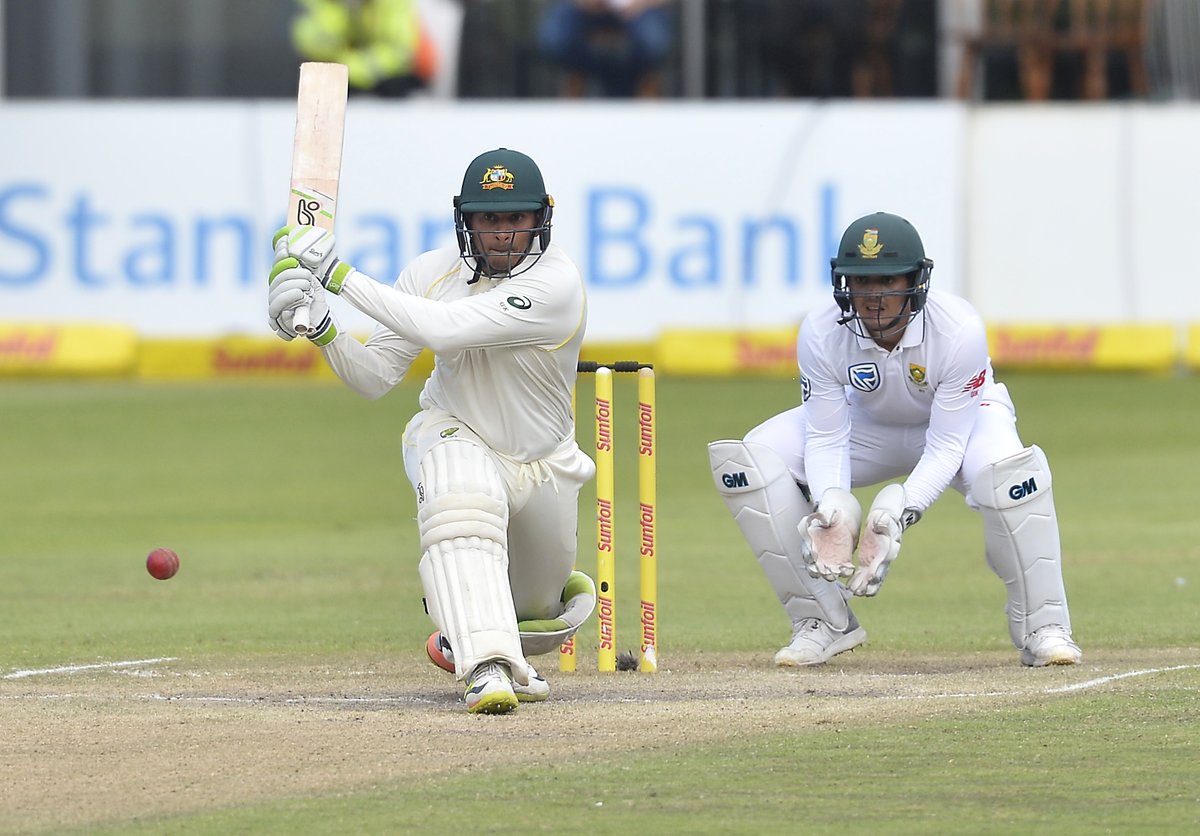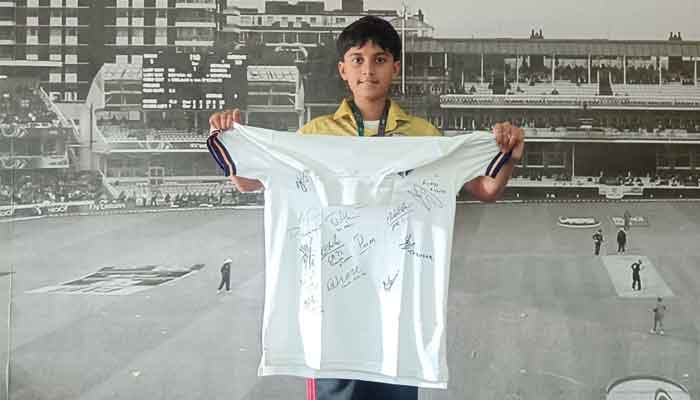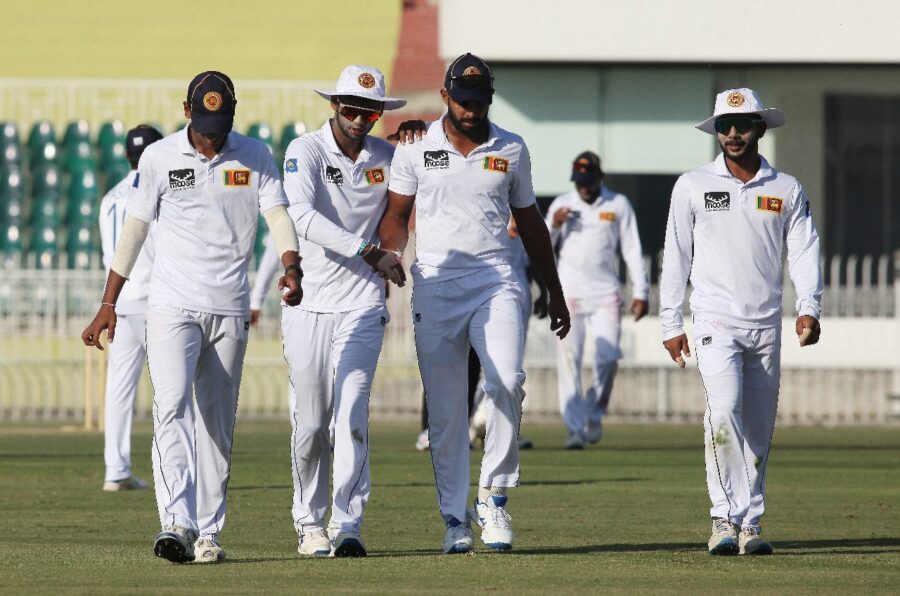Bavuma, Philander leave Australia staring at follow-on


Australia 110 for 6 (Khawaja 53, Philander 3-17) trail South Africa 488 (Markram 152, Bavuma 95*, de Villiers 69, Cummins 5-83, Lyon 3-182) by 378 runs
It was a difficult day for Australia’s new-look batting order. Of course, not the kind of difficult day their old-look batting order has been having this week. But if much has changed since the Cape Town Test, South Africa’s dominance has remained the constant them. The only negative thing that could be said of South Africa on the second day was the inability of the lower order to help get Temba Bavuma his second Test ton. As low points go, that is stratospheric.
The day began with South Africa on 313 for 6. They batted on, and on, and on, and posted 488, the highest total made in a Test at the Wanderers since 2003. The day finished with Australia on 110 for 6 in reply, after Vernon Philander led a strong bowling display with three wickets. Only two Australians had reached double figures and at stumps they were relying on new captain Tim Paine, who was on 5, and Pat Cummins, on 7, and avoiding the follow-on was still 179 runs away.
Australia’s top order was almost unrecognisable from the corresponding group in Cape Town. Joe Burns and Matt Renshaw opened, the first time Australia had switched both openers from the previous Test since the start of the 2013 Ashes, when Chris Rogers and Shane Watson walked out first. The tour of India earlier that year had ended with David Warner and Ed Cowan as the opening pair, but Cowan had been demoted to No.3 and Warner had been suspended due to his pub fracas with Joe Root.

Back then, neither Rogers nor Watson made it to 20 in the first innings; here, neither Burns nor Renshaw made double figures. On four, Burns prodded outside off to Kagiso Rabada and his edge was sharply snapped up at second slip by Faf du Plessis. Renshaw made eight before he wafted at Philander and edged behind. Both Burns and Renshaw had been batting in Brisbane on Tuesday, rushed to South Africa, and were in the Test team by Friday, and if that was perfect preparation for a Test then everyone would do it.
The other batting inclusion, Peter Handscomb, has waited all series for a chance to face up in a Test, and when his opportunity finally arrived it ended quickly and with much frustration. Handscomb shaped to leave his first ball from Philander but could not get his bat out of the way, and the ball ricocheted off it and back onto his stumps for a golden duck. Handscomb simply shook his head in disbelief.
Philander missed the chance of a hat-trick – Geoff Griffin in 1960 remains the only South African to have taken a Test hat-trick – but plenty more wickets were to fall. Only a 52-run stand between Usman Khawaja and Shaun Marsh looked like giving Australia any sort of platform. Khawaja, rounding out an all-Queensland top three, looked in good touch, but Marsh’s strokeplay seemed about as fluent as his Xhosa.
Khawaja brought up his second fifty of the series from his 77th ball but lasted only a few more, brilliantly caught down the leg side by Quinton de Kock, standing up to the stumps to Philander. Marsh, who had played and missed and been struck on the pads numerous times, was put out of his misery when he edged Keshav Maharaj to slip on 16 from 74 balls. And in his final Test, Morne Morkel capped off the day by having Mitchell Marsh bowled, playing on, for four.

Earlier, Morkel had been the last man out to leave Bavuma stranded on 95 as Cummins finished the South Africa innings with two wickets in two balls. Cummins ended up with 5 for 83, remarkably just his second five-wicket haul in first-class cricket, the other having also come at the Wanderers when he made his Test debut in 2011. Cummins wrapped up the innings by having Keshav Maharaj caught behind, slashing loosely for a career-best 45, and Morkel taken at slip for a golden duck.
Bavuma and de Kock had started the day at the crease and put on 85 for the seventh wicket, moving the score along steadily for much of the morning. But on 39, de Kock tried to force one from Nathan Lyon through the leg side with a cross-bat stroke, checking his shot when the ball turned sharply, and he skied a catch to mid-on. Bavuma struck 13 boundaries and played all the shots, sweeping, reverse-sweeping, driving and cutting, and he showed his adventurous side by lofting Cummins over extra cover for a boundary.
His 76-run ninth-wicket stand with Maharaj frustrated the Australians, though its end must have frustrated Bavuma. Maharaj’s innings was typically aggressive but ended in typically reckless style, and Bavuma was soon stranded. Still, compared to Australia’s long list of issues, it was a good problem to have.




